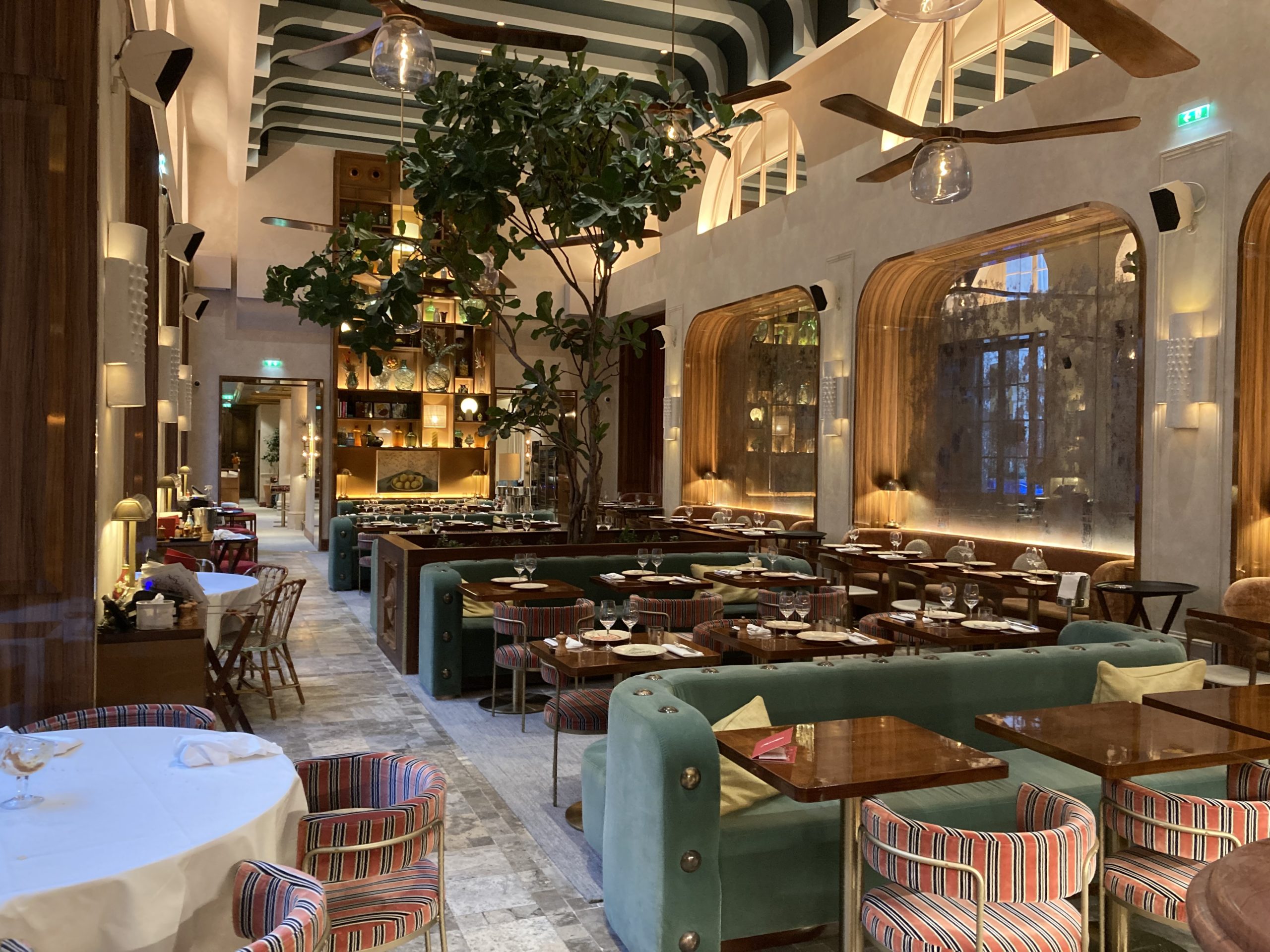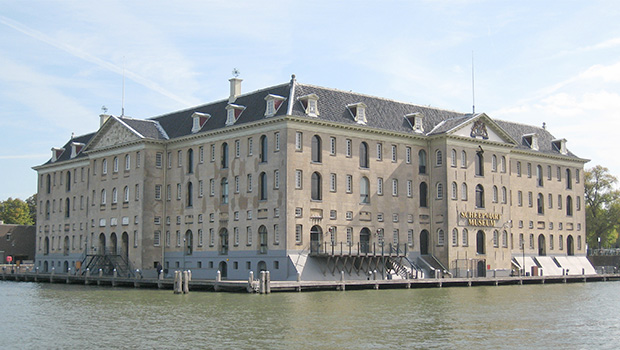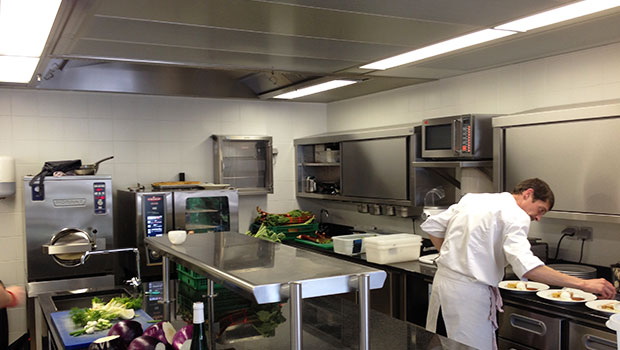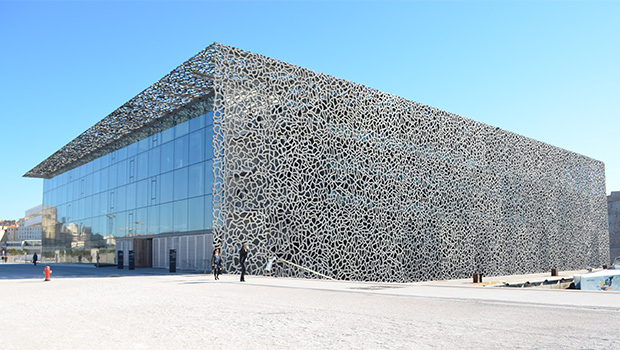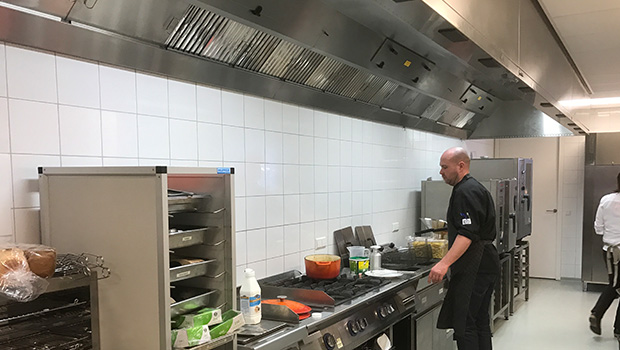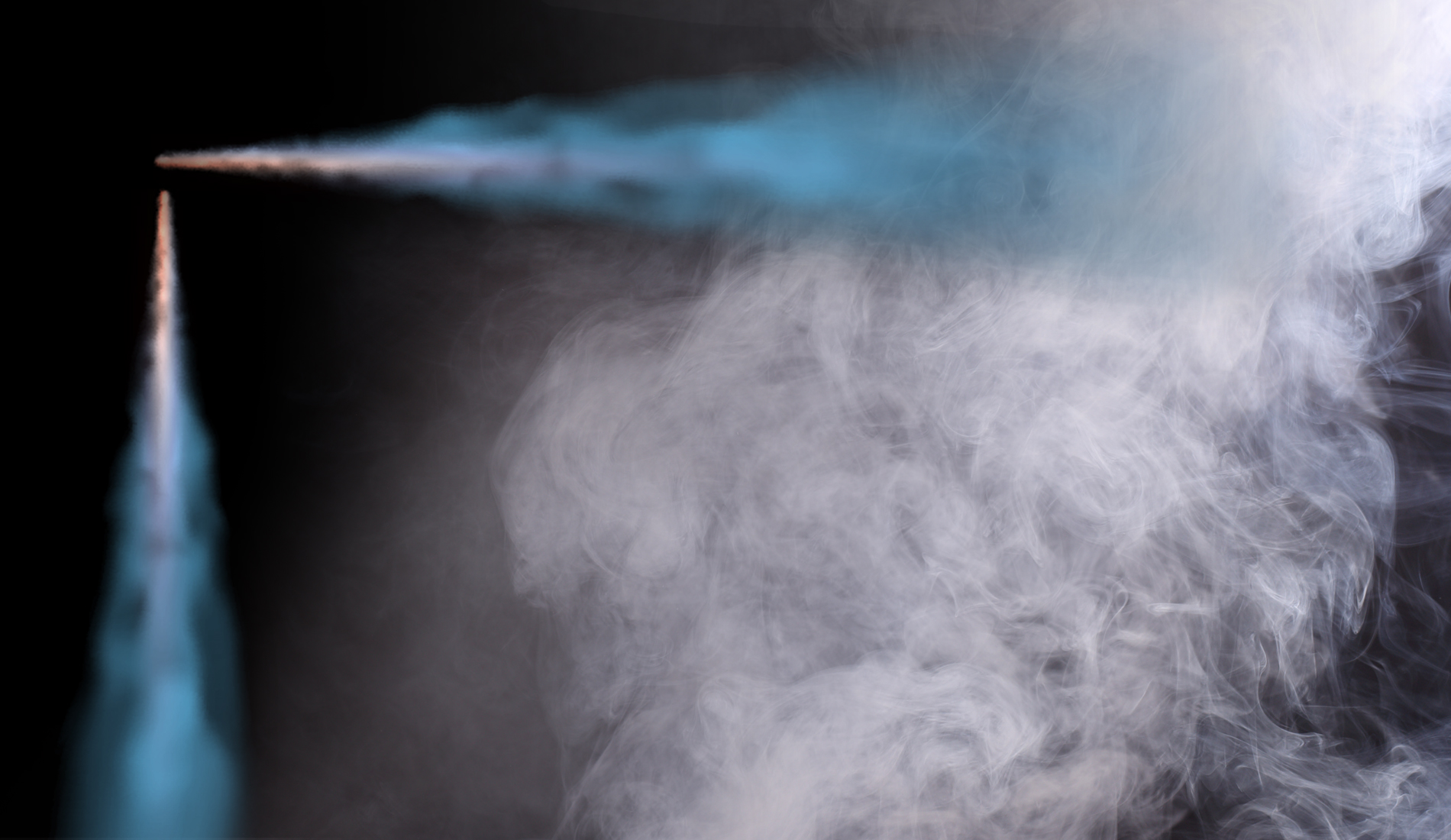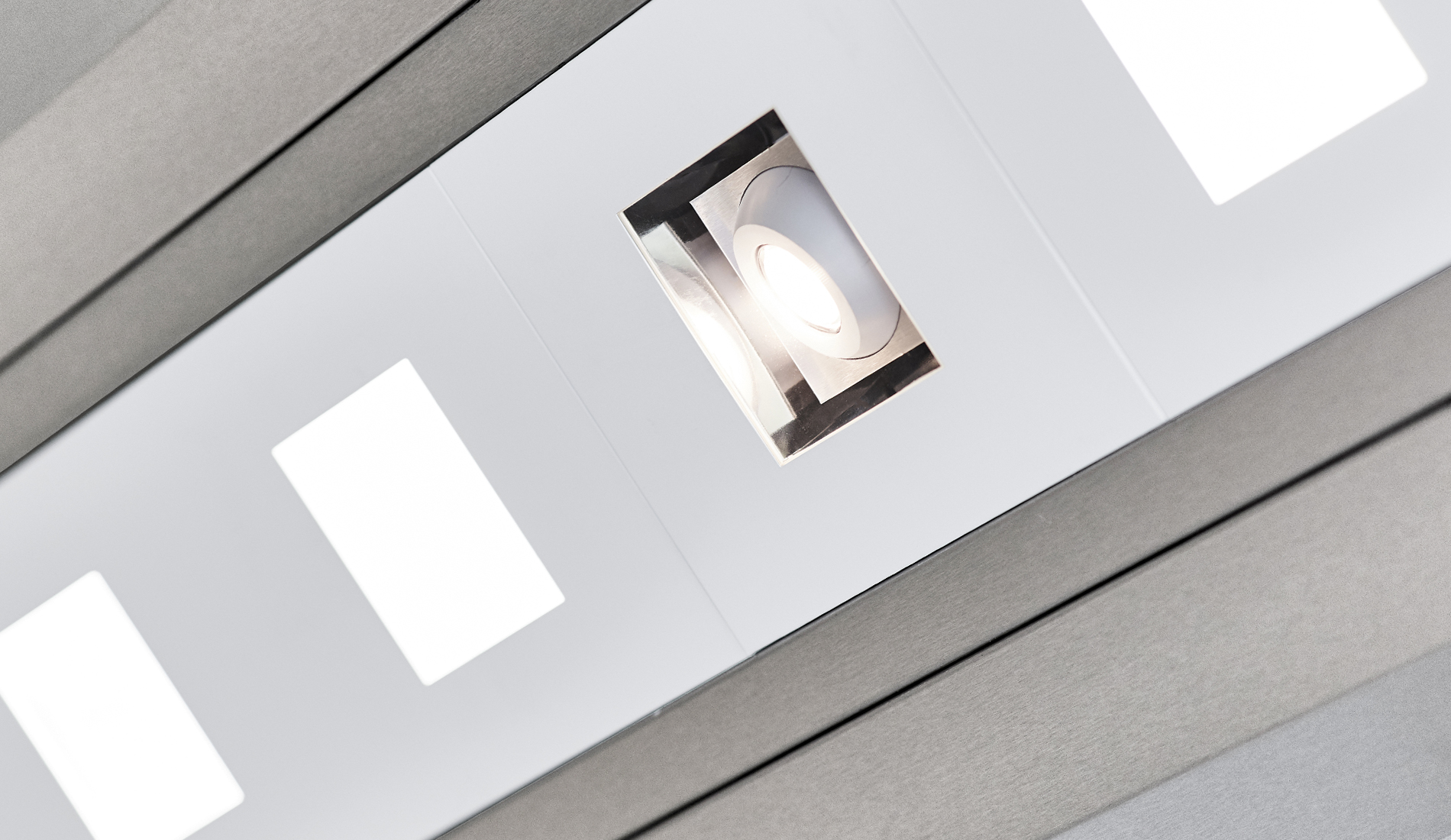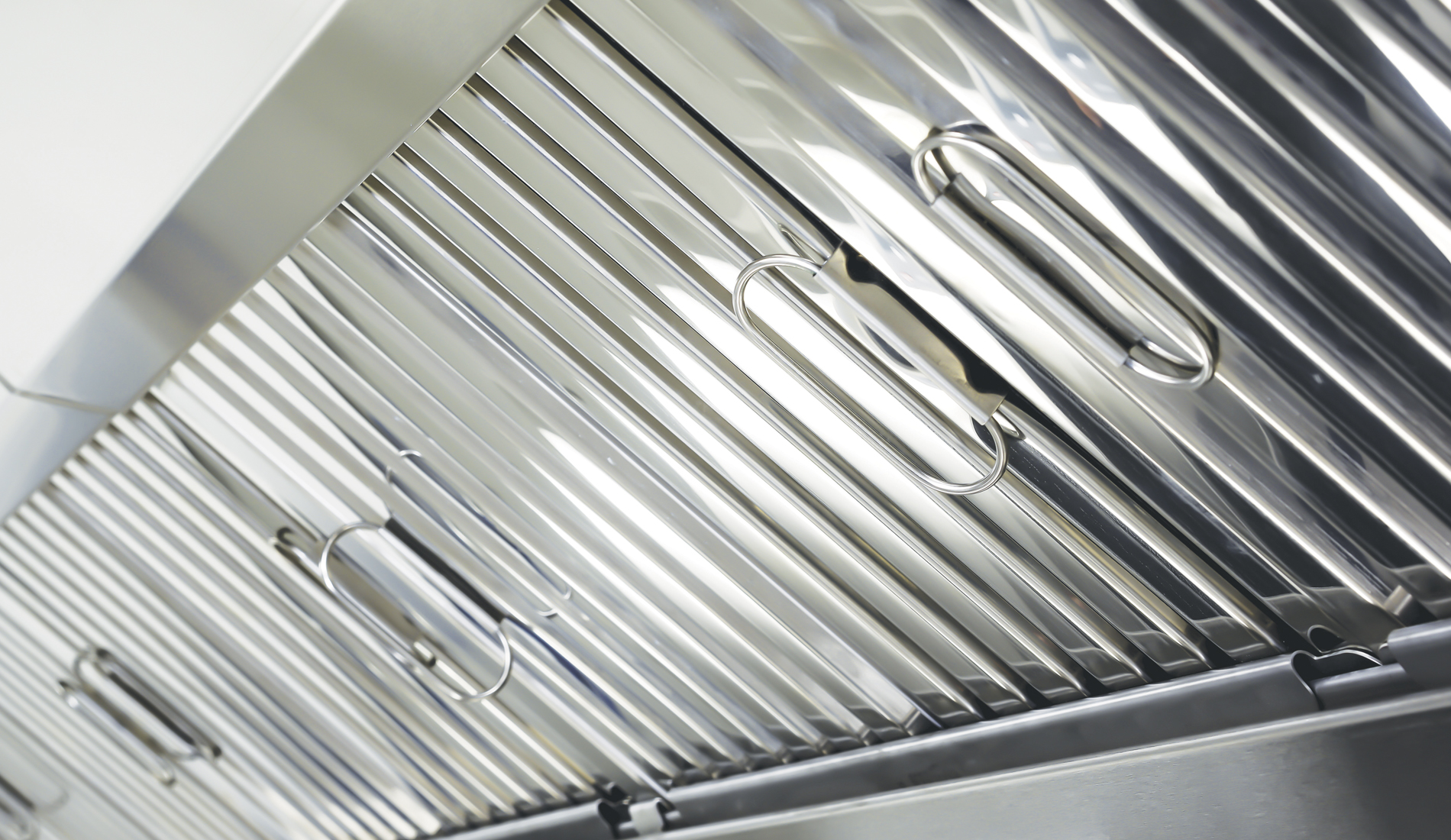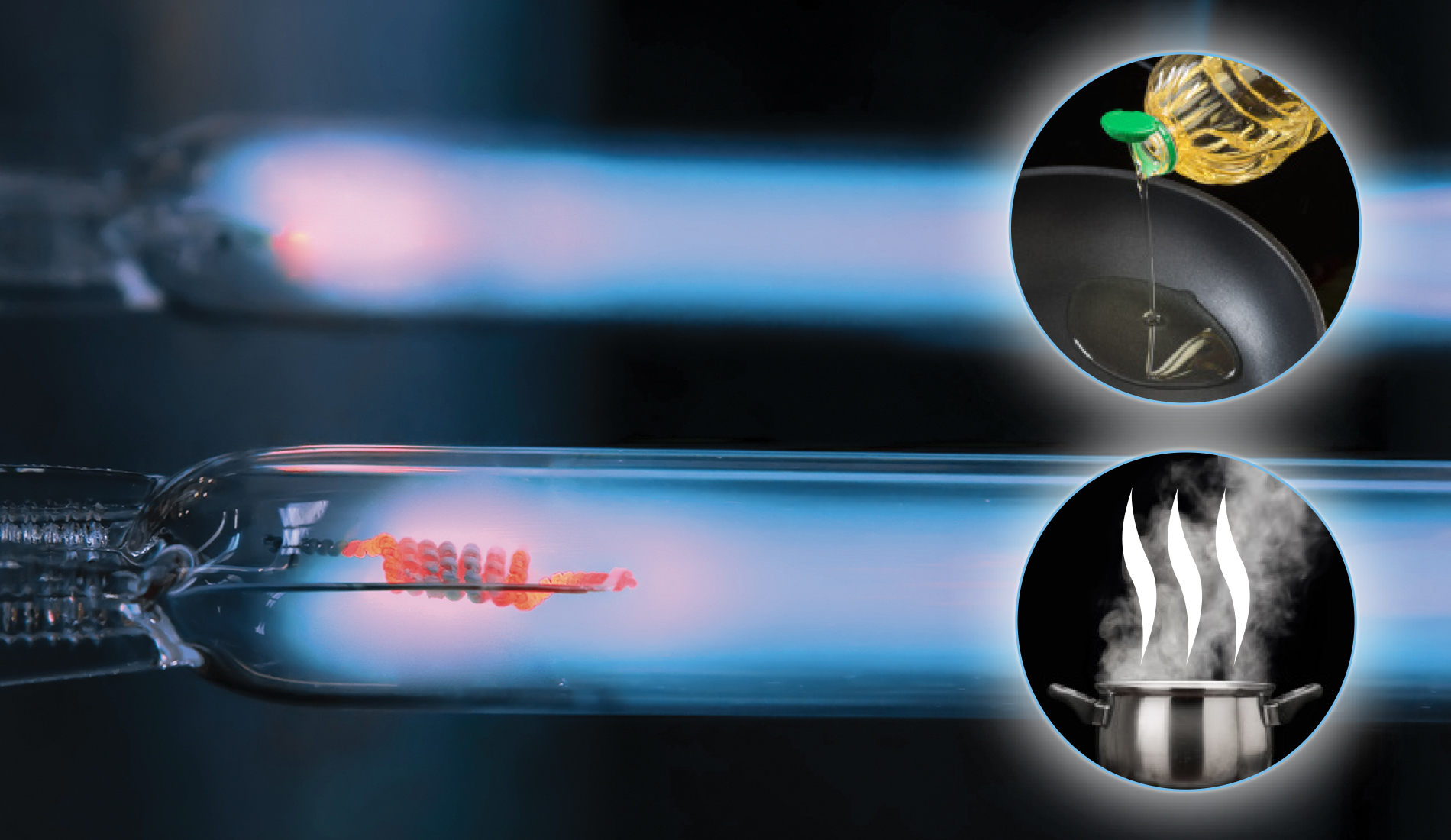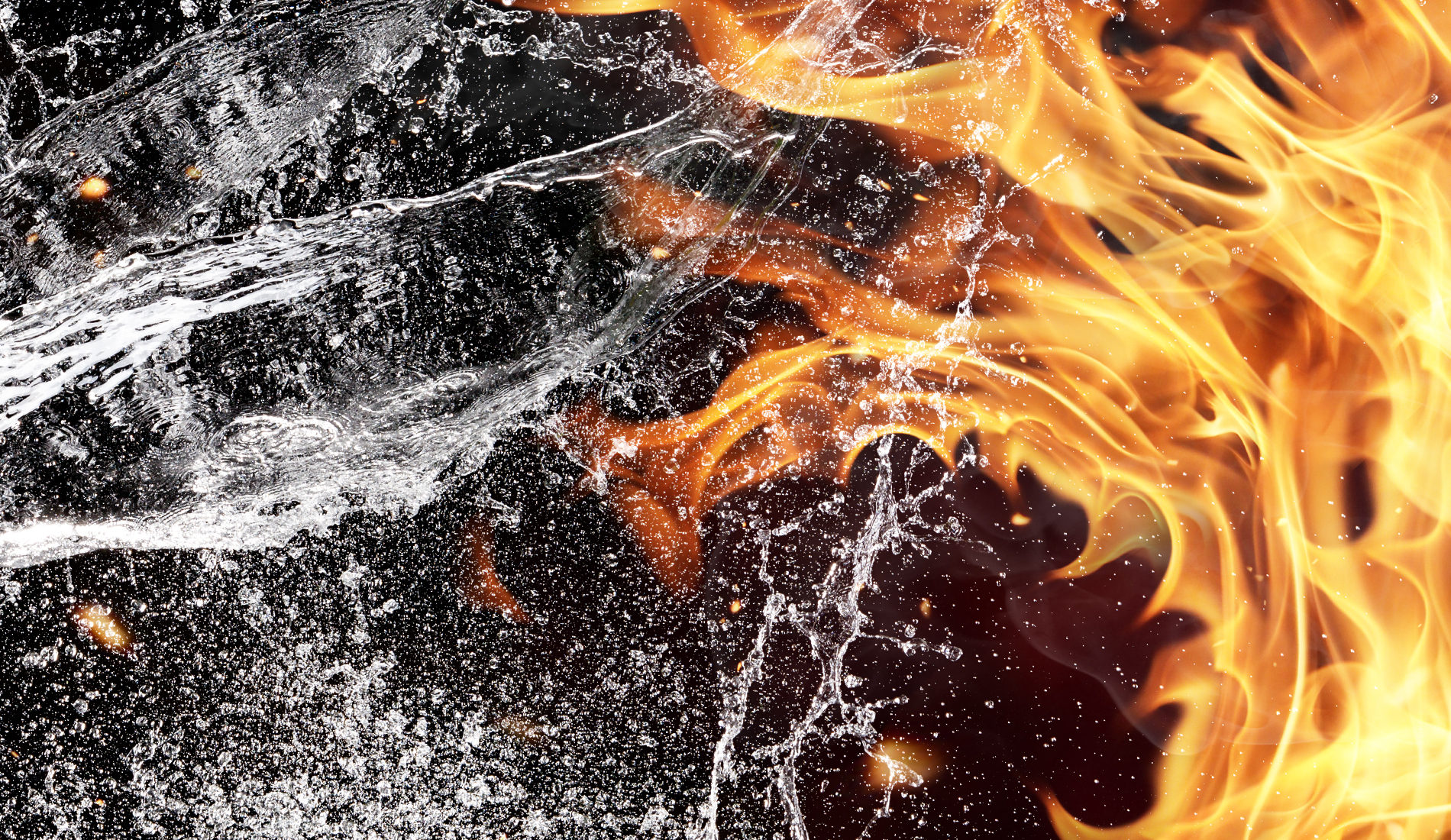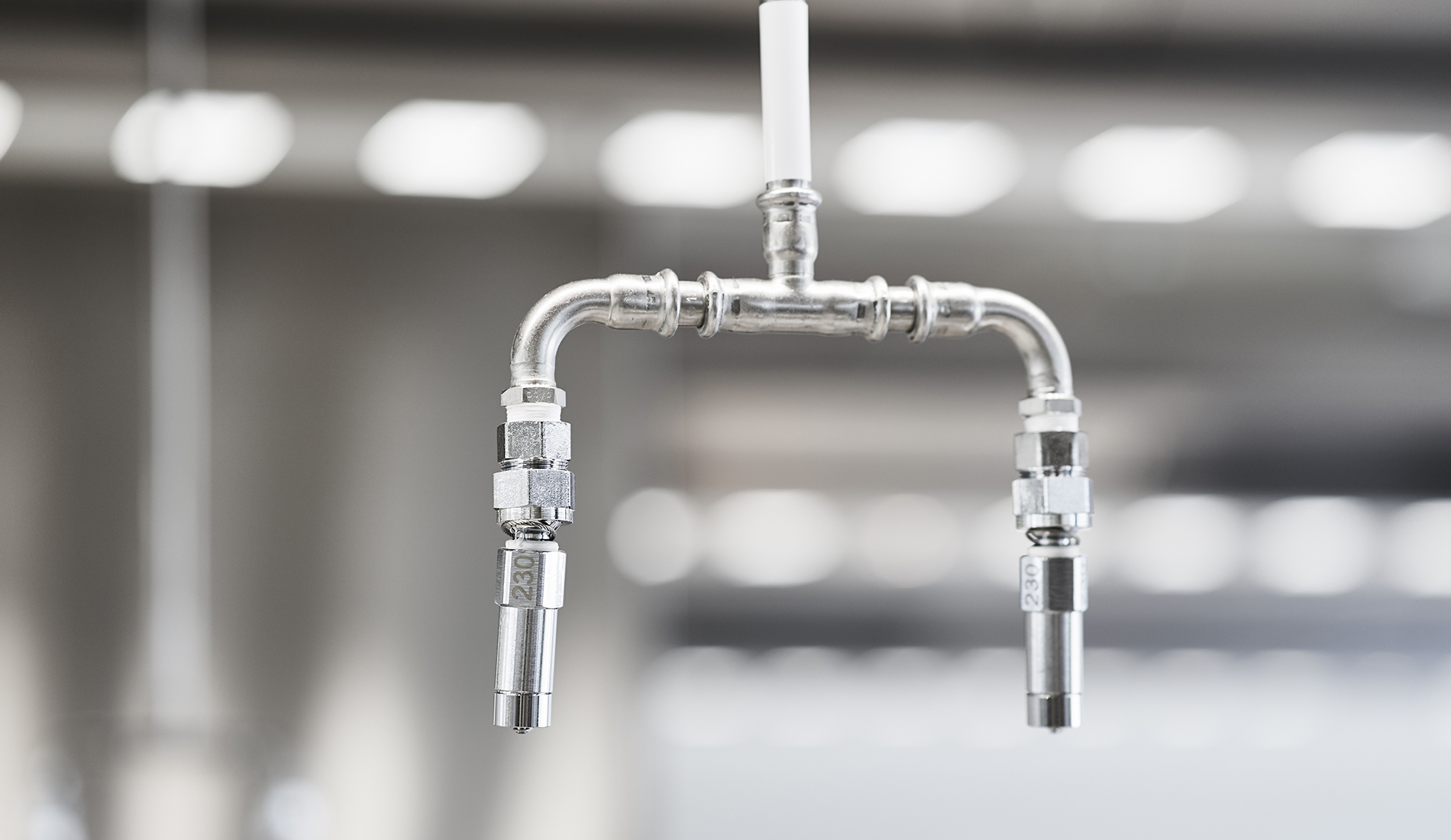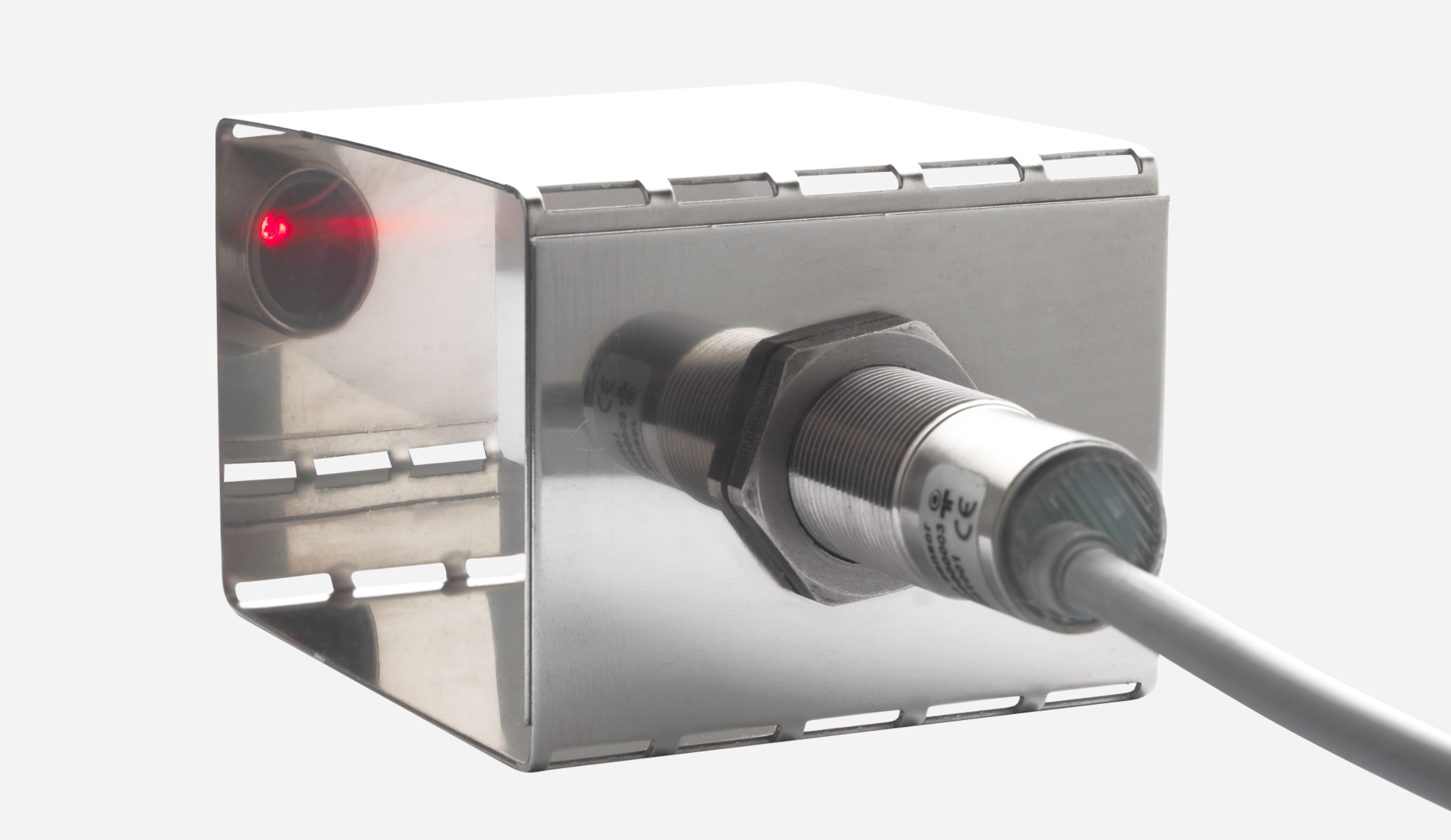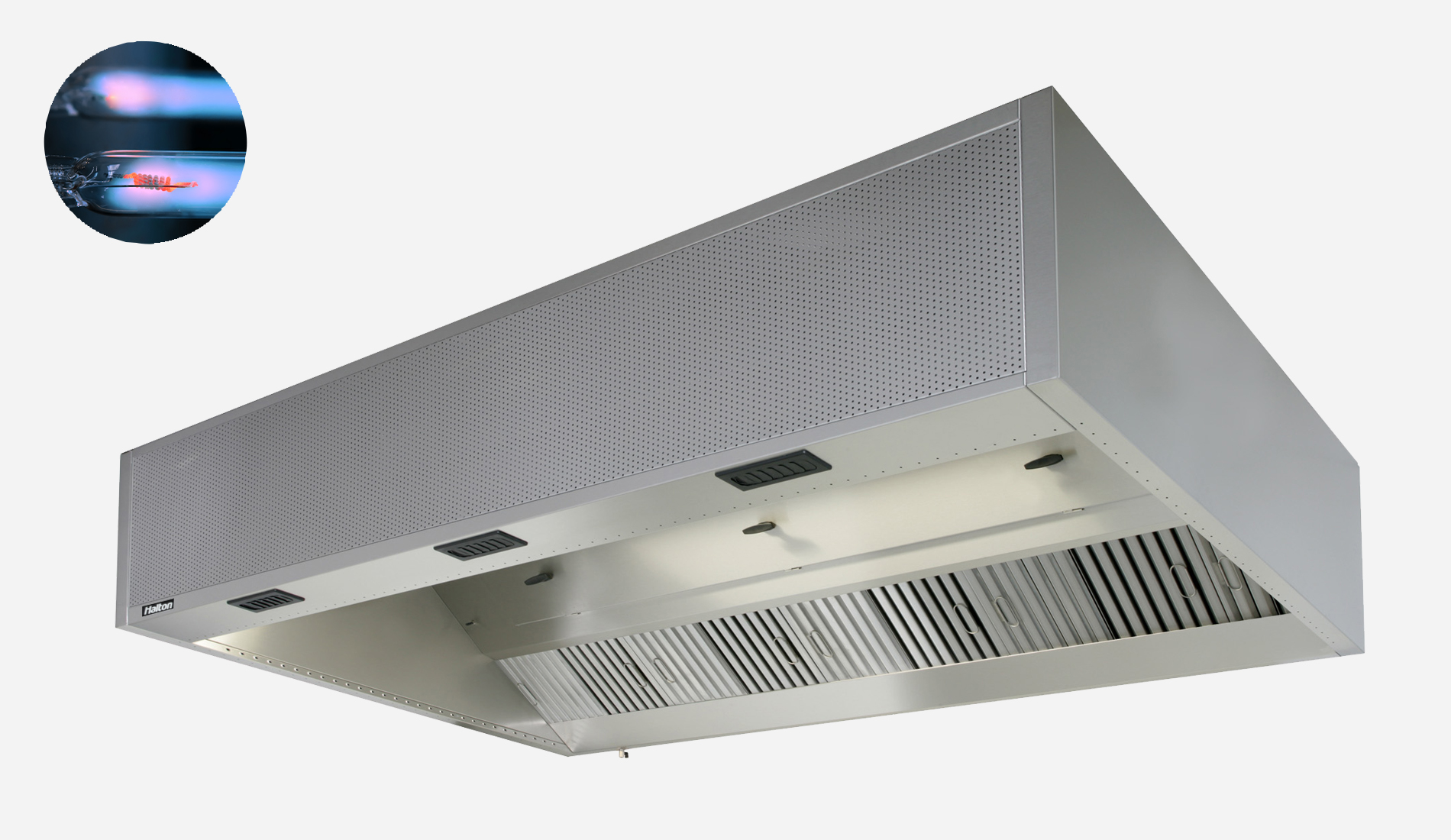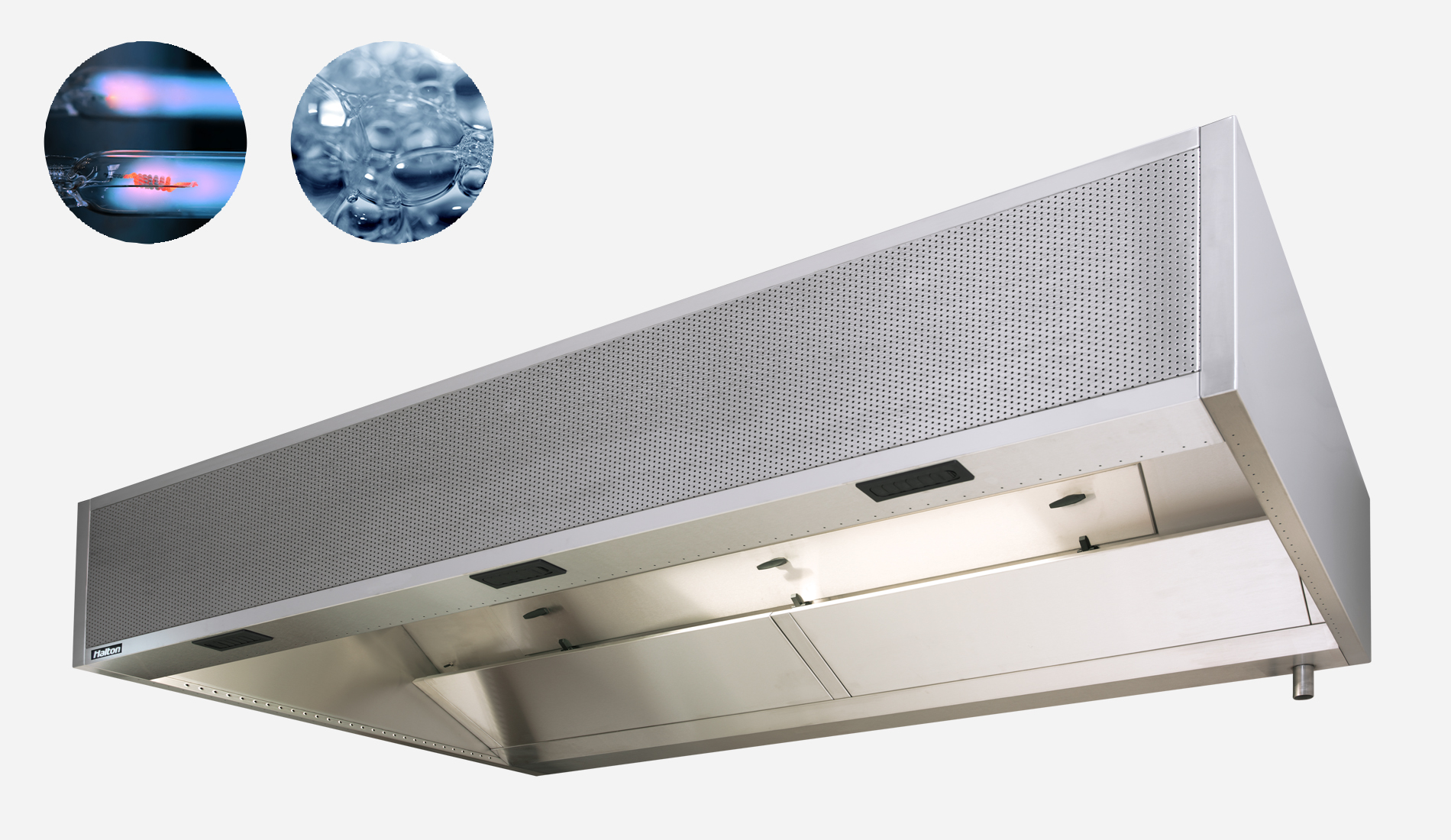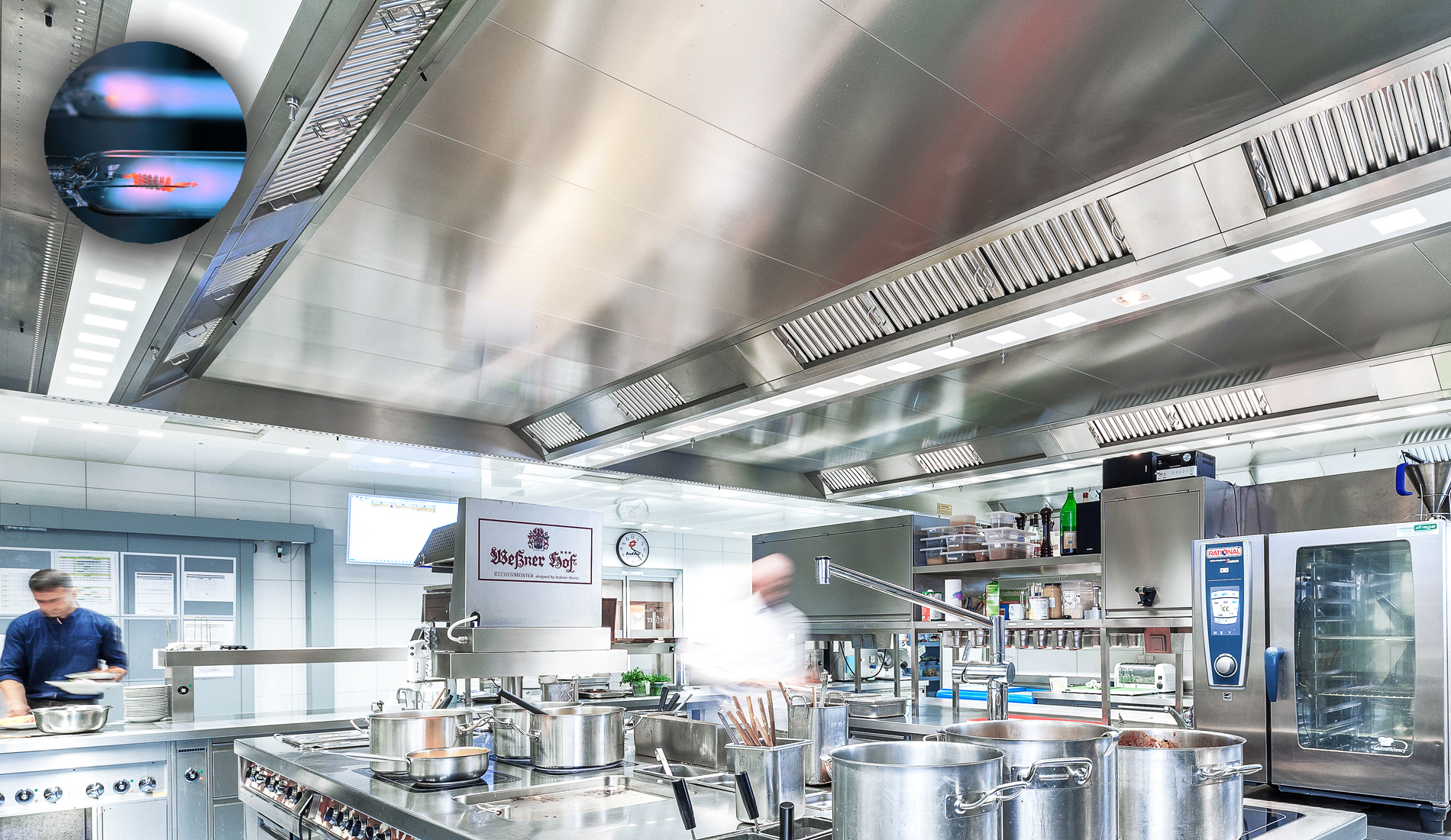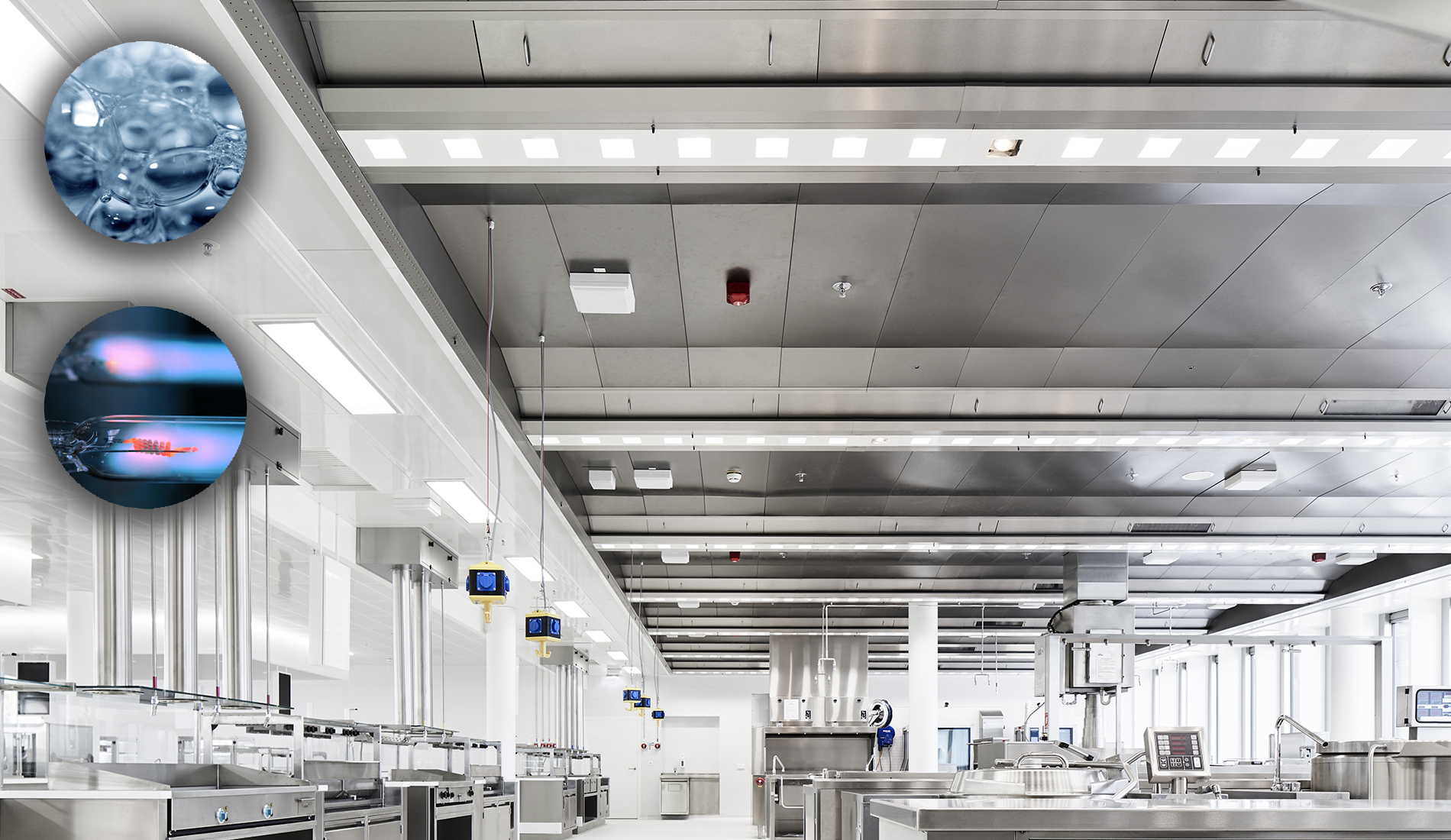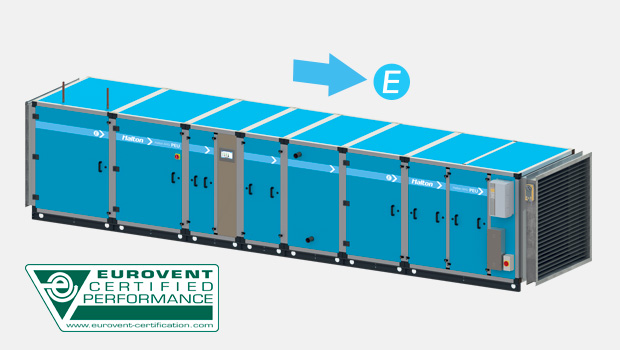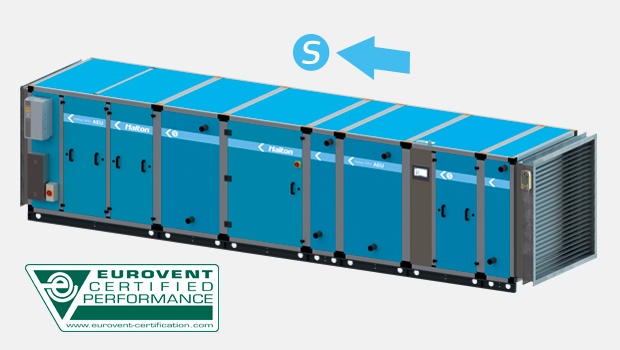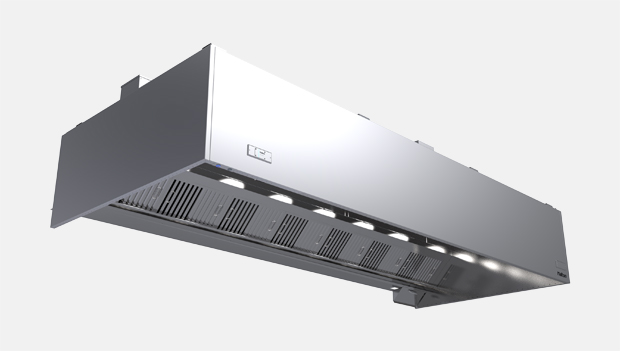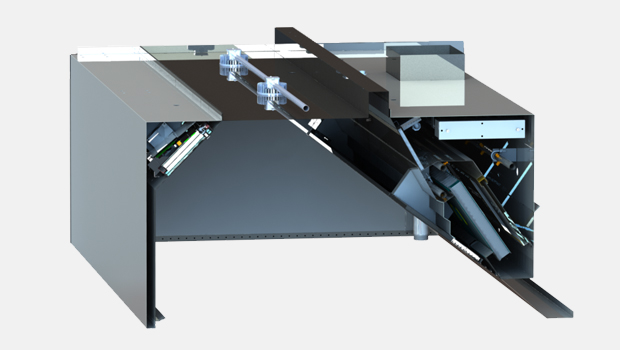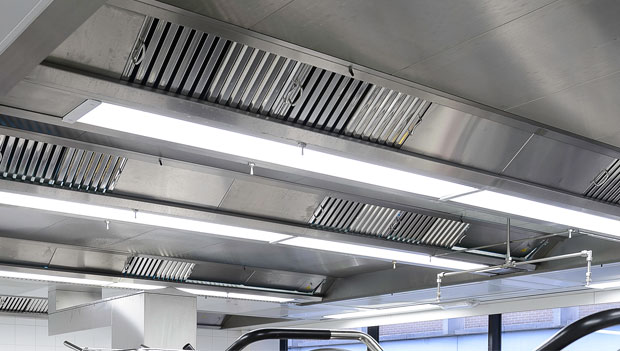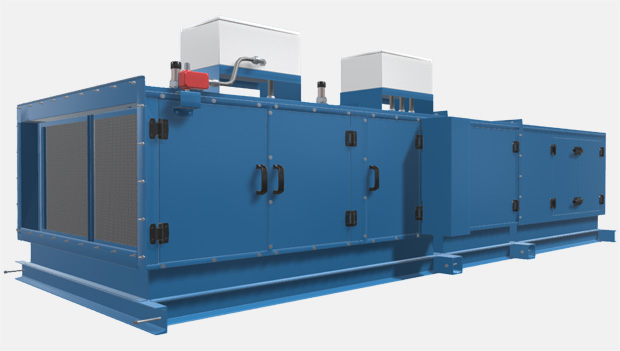
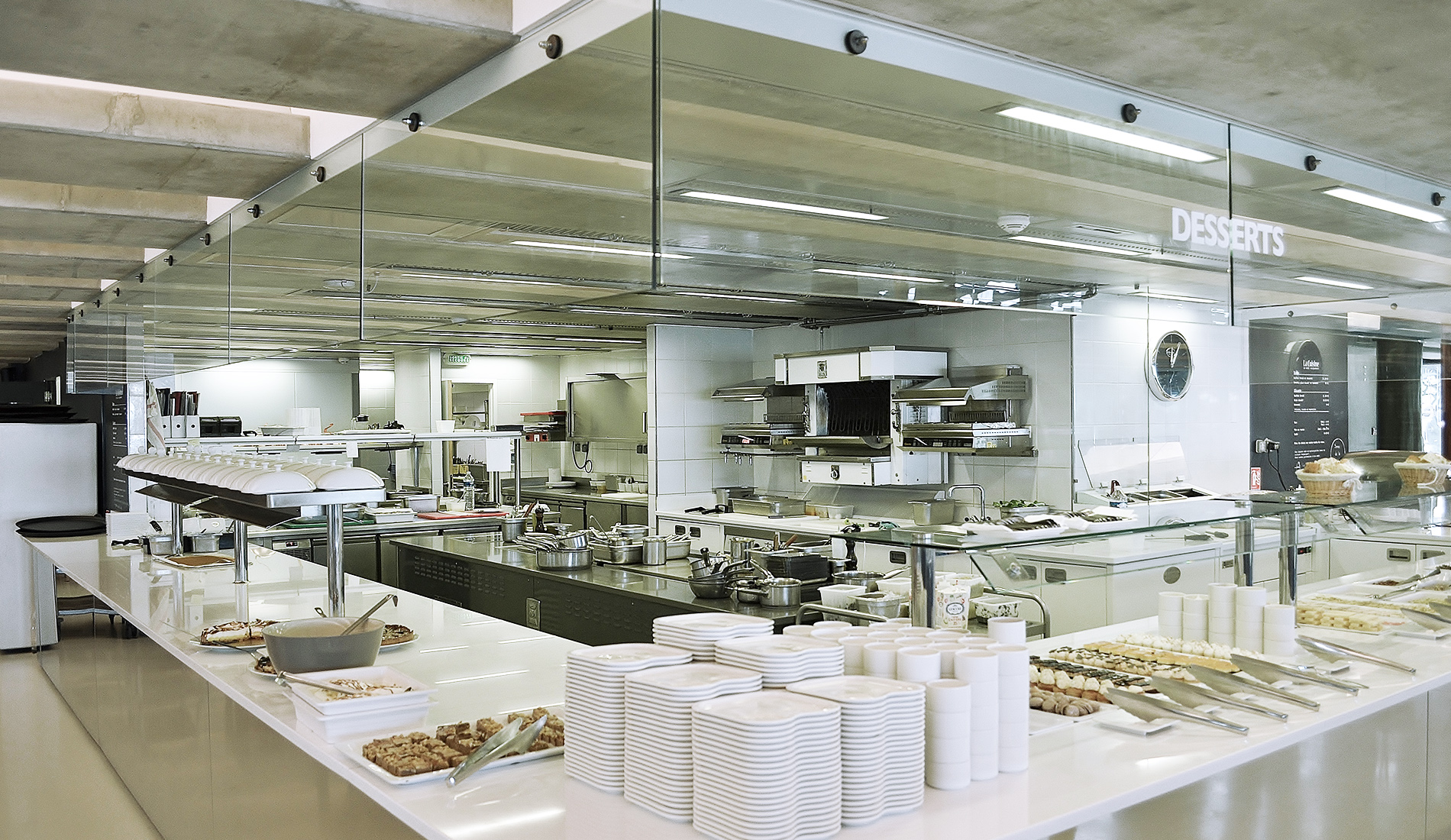
Ventilation of restaurant kitchens for museums: safety first!
This is undeniably the first requirement of restaurant projects for museums and in particular, fire safety. The priority is to protect people and priceless treasures.
Halton developed specific solutions and technologies to achieve the safety objective while making the kitchens a comfortable place to work while adhering to green building requirements.
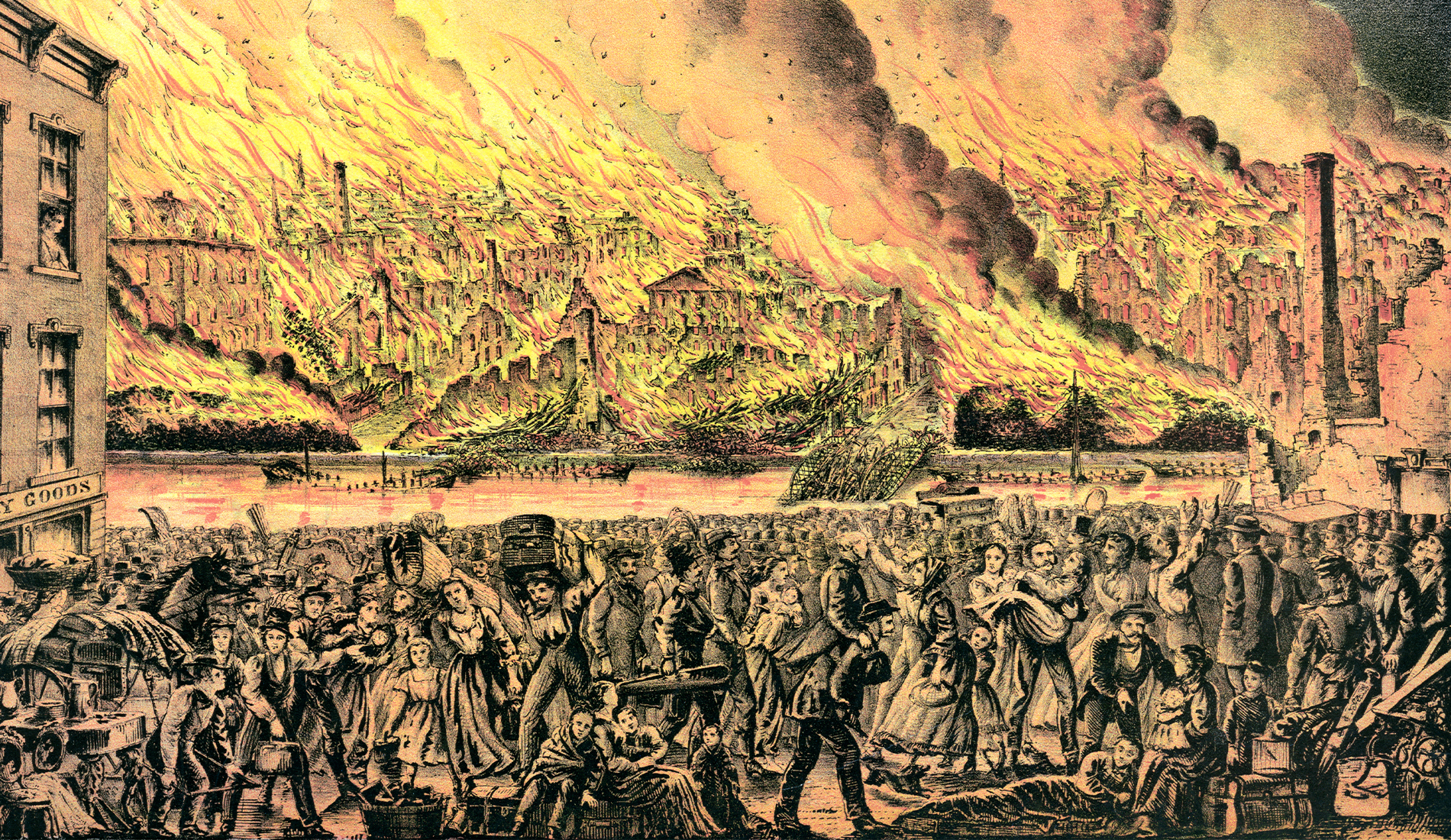
Typical challenges
Museums host priceless artifacts and heritage. The vast majority of the exhibited works of art are unique and simply irreplaceable. The same applies to the buildings, which are often on the historical register. Any museum’s obsessive concern is fire, and the use of water to fight against flames would be an aggravation.
The fire risk is a component of commercial kitchens’ ventilation as it can be for electrical equipment. As such, restaurants located in or even close to museums require specific attention and specific provisions to make them safe, energy-efficient, and comfortable for the chefs and their teams.
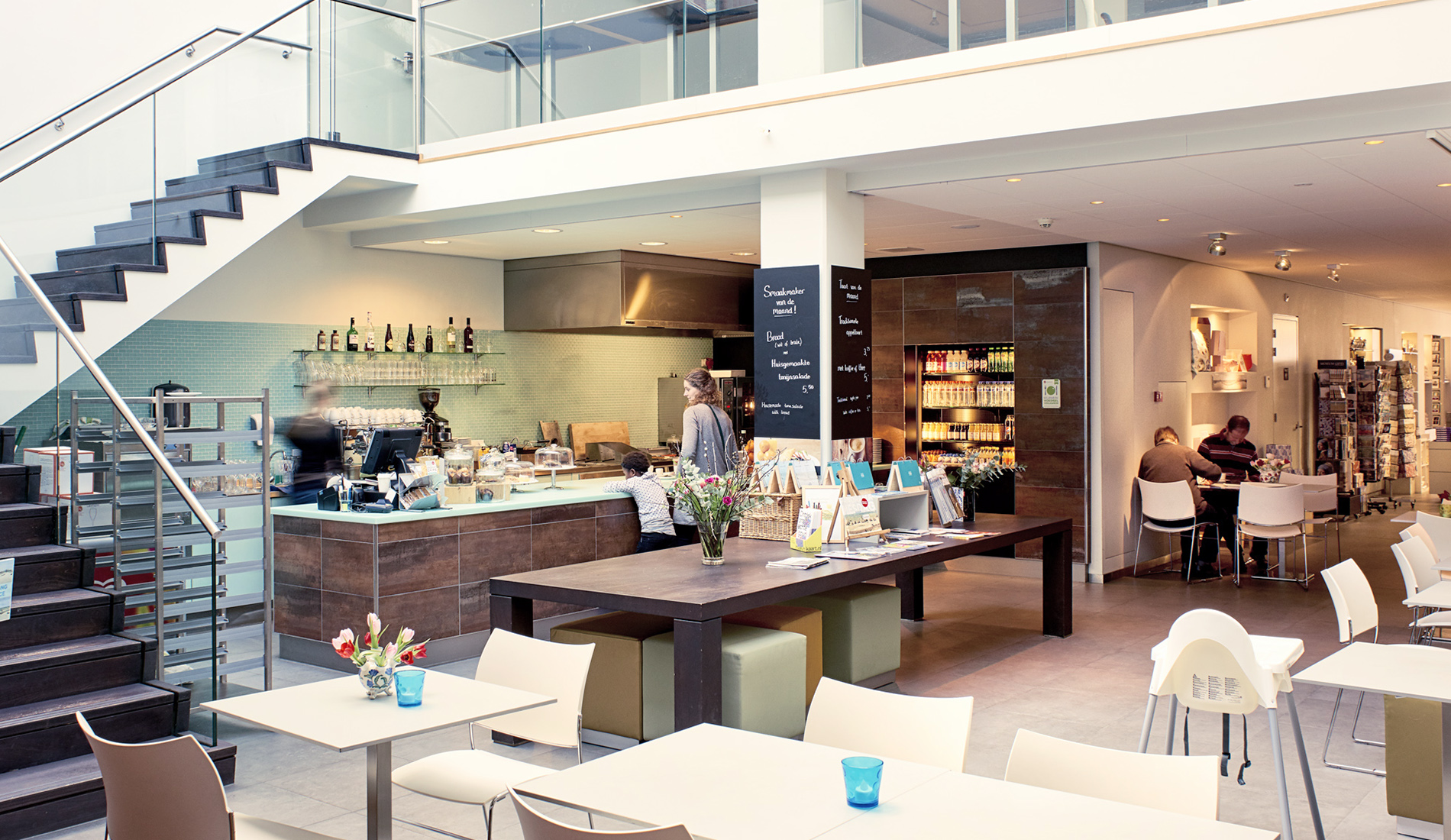
Why choose Halton
Align the fire risk of the kitchen ventilation to the level of other equipment of museums to restrict the flames to what may be depicted in the works of art!
The fire risk inherent to any cooking activity is not inevitable. As for the energy savings and the Indoor Environmental Quality for the chefs and their teams, the operational safety, and fire safety is a crucial consideration for the 5000 kitchen projects Halton works every year.
At Halton, we have solutions that have been specifically developed to address this risk. Those that are already highly recommended for less sensitive sites should be considered as imperative for museums. When combined, the fire risk level of kitchen’ ventilation can be considered at the level of the museums’ other equipment.
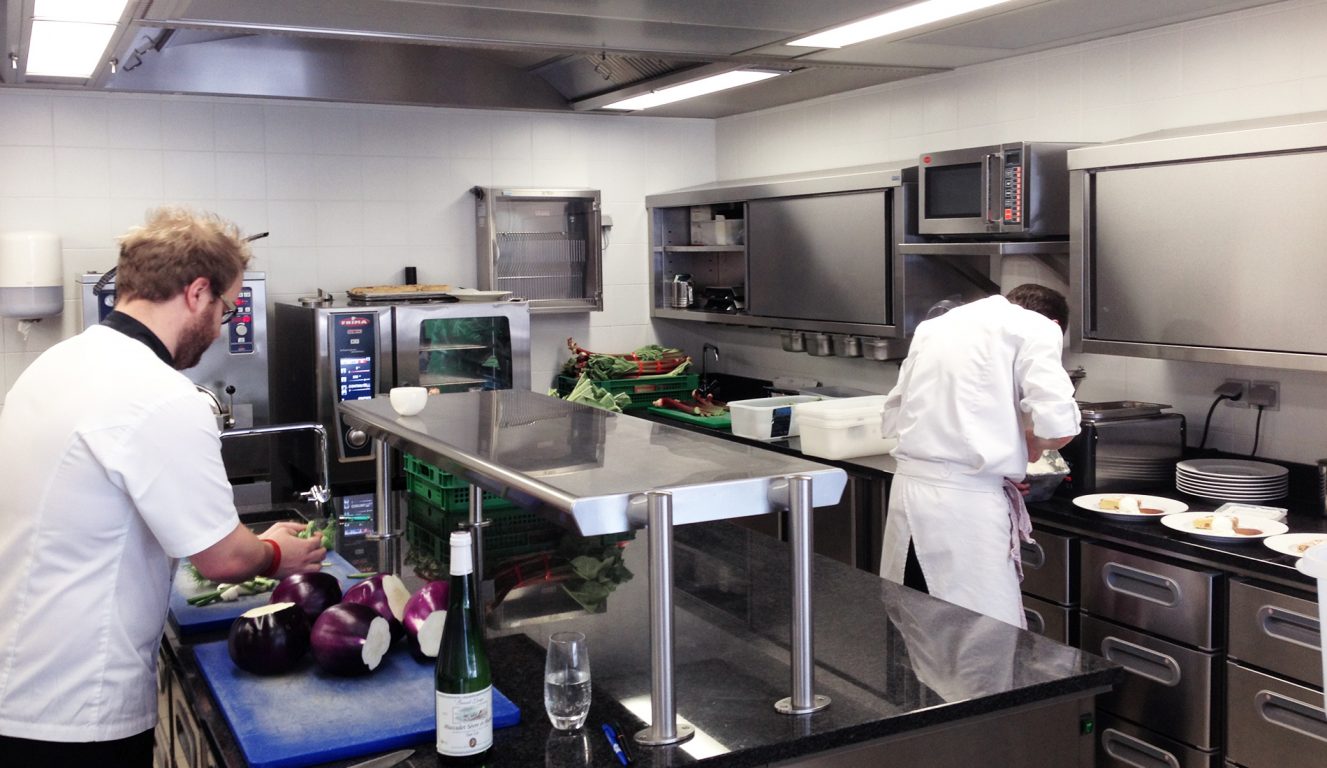
Halton’s solutions assets
- Neutralisation of the grease released by the cooking appliances.
- Prevents grease deposits building up inside the hoods or ventilated ceilings and especially in the ductwork, while mitigating the odors discharged outside by the ventilation system.
- In the unlikely event of a cooking fire, the flames can’t spread the building through the ventilation ductwork as there’s no combustive inside.
- Automatic and factory integrated fire suppression systems to address the risk at source i.e. at cooking appliances level.
- Complementary and electronic control of the negligible deposits inside the ductwork to ask for cleaning when required.
- Reduction at the same time of the exhaust airflow rates by up to 40% and possibility to bring it to up to 64%.

Products

Contact us!
Our specialists are at your disposal for inquiries or requests for quotations. Do not hesitate to call them or send them an email.
You can also fill in this form.
We’ll be in touch with you shortly.
Restoration area ventilation
The restoration areas in museums are important for the artifacts and it's imperative to design the ventilation according to the need.
Read more
Restaurant kitchen ventilation
Fire safety first! This is undeniably the first demand that raises up from the restaurants projects for museums. Halton has solutions for to address this demand and many others.
Read more
Exhibition hall ventilation
Ventilation design for peak and non-peak demand energy efficiently. Creating comfortable thermal condition spaces for the museum visitors and to the artifacts.
Read more
Central Vacuum Cleaning
Why is a central vacuum cleaning system such a clever choice for museums?
Read more
Virus Mitigation for Museums
Reducing the risk of virus spread while creating a clean environment for the health and safety of visitors and staff.
Read more
